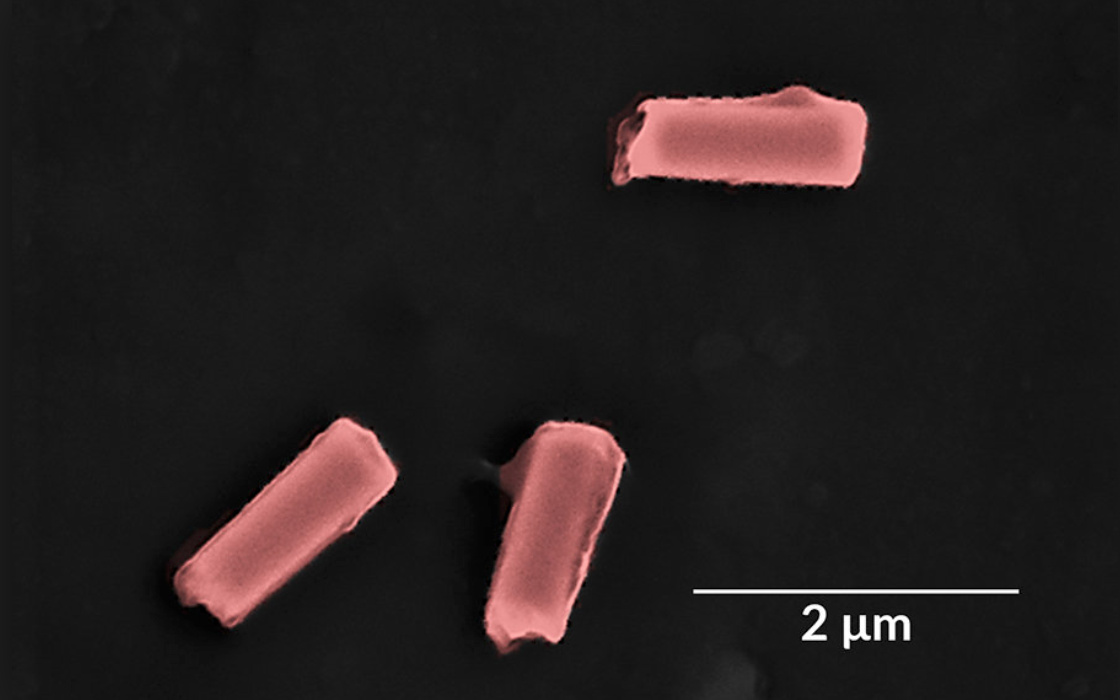Cambridge’s Anna-Maria Pappa, KAUST’s Sahika Inal, and colleagues have developed a low cost, molecular wired sensor that can measure metabolites in sweat, tears, saliva or blood. It can be incorporated into flexible and stretchable...
Author's Posts
Tony Chahine on human presence, reimagined | ApplySci @ Stanford
Myant‘s Tony Chahine reimagined human presence at ApplySci’s recent Wearable Tech + Digital Health + Neurotech conference at Stanford:
Proof of concept 3D printed cornea
Newcastle University’s Che Connonhas developed proof-of-concept researchthat could lead to a 3D printed cornea. Stem cells from a healthy donor cornea were mixed with alginate and collagen to create a printable bio-ink. A 3D printer...
Thought, gesture-controlled robots
MIT CSAIL’s Daniela Rushas developed an EEG/EMG robot control system based on brain signals and finger gestures. Building on the team’s previous brain-controlled robot work, the new system detects, in real-time, if a person...
Phillip Alvelda: More intelligent; less artificial | ApplySci @ Stanford
Phillip Alvelda discussed AI and the brain at ApplySci’s recent Wearable Tech + Digital Health + Neurotech Silicon Valley conference at Stanford: Dr. Alvelda will join us again at Wearable Tech + Digital Health...
Nano-robots remove bacteria, toxins from blood
UCSD’s Joe Wang and Liangfang Zhanghave developed tiny ultrasound-powered robots that can swim through blood, removing harmful bacteria and toxins. Gold nanowires were coated with platelet and red blood cell membranes, allowing the nanorobots to perform...
Algorithm predicts low blood pressure during surgery
UCLA’s Maxime Cannessonhas developed an algorithm that, in a recent study, predicted an intraoperative hypotensive event 15 minutes before it occurred in 84 percent of cases, 10 minutes before in 84 percent of cases,...
Bob Knight on decoding language from direct brain recordings | ApplySci @ Stanford
Berkeley’s Bob Knightdiscussed (and demonstrated) decoding language from direct brain recordings at ApplySci’s recent Wearable Tech + Digital Health + Neurotech Silicon Valley at Stanford: Join ApplySci at the 9th Wearable Tech + Digital Health +...
“Artificial nerve” system for sensory prosthetics, robots
Stanford’s Zhenan Bao has developed an artificial sensory nerve system that can activate the twitch reflex in a cockroach and identify letters in the Braille alphabet. Bao describes it as “a step toward making skin-like sensory...
Body heat-powered, self-repairing health sensor system
Hossam Haick at Technion-Israel Institute of Technology has developed a body heat powered, self-repairing system of sensorsfor disease detection and monitoring. Unlike other wearables, the ability to derive energy from the wearer, and to fix...









